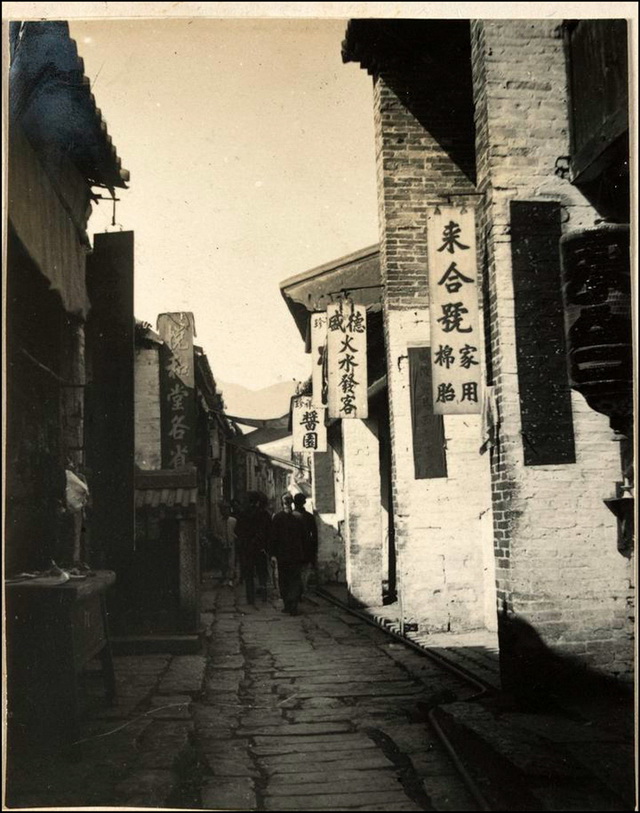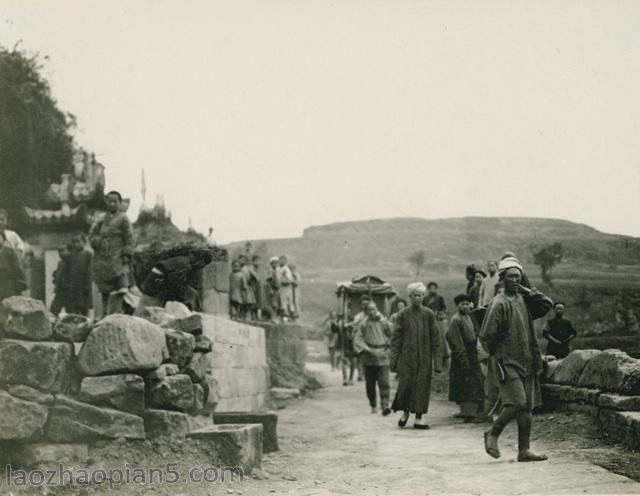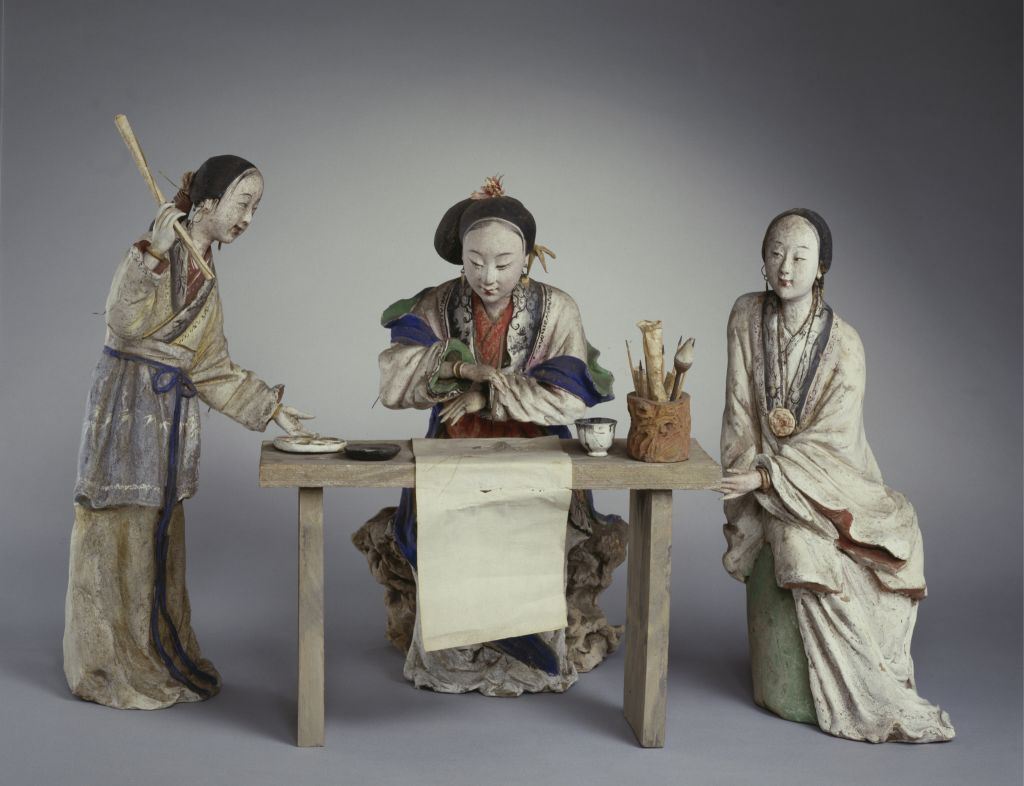[Wang Hui’s White Clouds at Lushan Mountain]
The White Clouds at Lushan Mountain, painted by Wang Hui in the 36th year of Kangxi’s reign in the Qing Dynasty (1697), paper version, light colored, 35 cm in length and 323.5 cm in width
Self-recognition at the end of the volume: “The white clouds on Mount Lushan in Guantong is a famous scenic spot in the sea, and the location of the forest gullies is quite different from that of the original craftsman. I have exhibited and read it several times in the Jinling Friend’s Room more than 20 years ago. There is Dong Wenmin’s inscription at the end of the volume, and I still remember it at the present time. The owner of the ancient incense is painting by hiding paper, and talking about imitating its meaning, which is more than one. It is not worth a picture of the Fangs. Dong Ba is also recorded on the right. Three days after the dawn of spring in Kangxi, Wang Hui of Mount Yu was sealed.” “Stone Valley” seal. The first chapter is “up and down thousand years”
“Ding Chou” is the 36th year of the reign of Emperor Kangxi of the Qing Dynasty (1697)
Before self-awareness, There was a postscript by Dong Qichang, who was near the author: “You can see the Lushan Mountain in an instant, from Tianchi Cezhan Dalin Temple to the top of the cliff, and look down at the mountainside, all of which are broken by clouds and fog. The sky is covered with white light, and you are like in the silver sea, and there is no village ruins at the foot of the forest. You think that the painter has not received this wonder, and the painting is just like what the Lushan Mountain sees. Only when you see the peaks above the Lushan Mountain in the sun, you can see them dimly, but you can’t see the smoke and the ear. In Bingshen, on the dark day of August, the boat is flourishing in the river, and you can see the Xuanzai.”
“Bingshen” is the 26th year of Wanli (1596) of the Ming Dynasty
The seal on the head of the paper is stamped with “ploughing tobacco and wild old”. The collection is printed with “Aolai Mountain House” and “Zhonglin Appreciation”. The tail paper has the Qing Jiang Chenying postscript
This painting was painted in the 36th year of the reign of Emperor Kangxi of the Qing Dynasty (1697), and the author was 66 years old. It is one of the representative paintings of many antique works in his later years. According to Wang Hui’s own title, since he had seen the “White Clouds on Lushan Mountain” by Guan Tong of the Northern Song Dynasty 30 years ago, he used his method to draw this map to comply with the instructions of the “master of ancient incense”. Wang Hui and his teacher, Wang Shimin, have traveled all over the country, trying to copy the secret books of collectors, so their ability to copy ancient is very high. Wang Shimin praised him: “Combining the strengths of the ancients, and trying to use the style of writing, it can be wonderful forever. The previous productions are solid and true, but this is more abstract. Each copy of a song is the best, and the taste of elegance is beyond it.” This painting just confirms Wang Shimin’s evaluation of Wang Hui
The “master of ancient incense” is Aixinjueluo Yuele, for whom Wang Hui is very careful. The picture is full of ups and downs, clouds and mists. The waterfalls, miscellaneous trees, bamboo pavilions and rocks in the middle are chapped with thick rain, which is exactly the painting method of northern mountains and rivers along the way of Guan Tong. The whole picture is neat, neat and dense, beautiful, moist and vigorous, which is deeply rooted in the idea of Guan Tong that “the pen is simple, the scenery is few, and the spirit is long”.
![图片[1]-Wang Huilu Mountain White Cloud Scroll-China Archive](https://chinaarchive.net/Qing dynasty/painting/s58defb9d45022.jpg)




![[Qing Dynasty] British female painter—Elizabeth Keith, using woodblock prints to record China from the late Qing Dynasty to the early Republic of China—1915-China Archive](https://chinaarchive.net/wp-content/uploads/2022/11/image-191x300.png)
